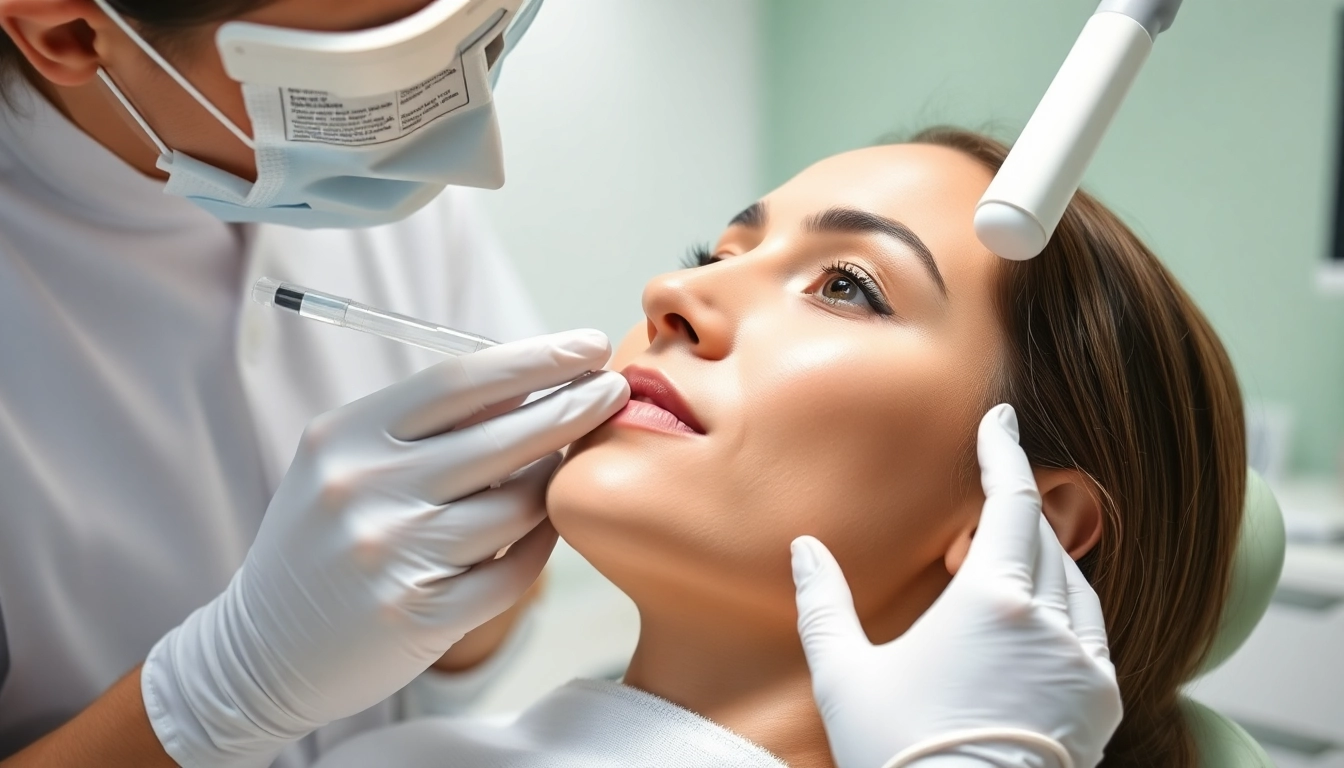
Understanding TMJ Disorders
What is TMJ and Its Symptoms?
The temporomandibular joint (TMJ) serves as a crucial hinge connecting the jawbone to the skull. This joint enables essential movements, such as chewing, speaking, and swallowing, allowing for a wide range of jaw movement. TMJ disorders, also known as TMD (temporomandibular disorders), occur when there are issues in this joint or the surrounding muscles that control jaw movement. Common symptoms of TMJ disorders include:
- Pain or tenderness in the jaw, neck, or shoulders
- Pain in or around the ear
- Difficulty chewing or a sudden uncomfortable bite
- Clicking or popping sounds when opening or closing the mouth
- Locking of the joint, making it difficult to open or close your mouth
- Headaches or migraines that seem to originate from the jaw area
Common Causes of TMJ Dysfunction
Several factors can contribute to the dysfunction of the TMJ. These include:
- Jaw injuries: Trauma to the jaw or head can disrupt the mechanics of the TMJ and lead to pain.
- Teeth grinding (bruxism): Chronic grinding or clenching of teeth adds pressure to the joint and surrounding muscles.
- Arthritis: Inflammatory conditions like osteoarthritis or rheumatoid arthritis can affect the TMJ.
- Misalignment: An irregular bite or issues with the alignment of the jaw can lead to strain on the TMJ.
- Stress: Emotional stress often causes individuals to tighten their jaw and clench their teeth.
How TMJ Affects Daily Life
Living with TMJ disorders can significantly impact daily activities. Persistent pain and discomfort can lead to difficulties in consuming food, which may affect dietary choices and overall nutrition. Furthermore, the pain can radiate to the neck, head, and shoulders, causing fatigue and frustration. Anxiety and depression may also arise due to the ongoing discomfort and limitations, leading to a decreased quality of life. Addressing TMJ disorders promptly and effectively is essential for maintaining both physical health and emotional well-being.
The Role of Botox for TMJ Treatment
How Botox for TMJ Works
Botox, or botulinum toxin, is a neurotoxic protein used medically to treat various conditions, including TMJ disorders. When injected into specific muscles of the jaw, Botox blocks the nerve signals responsible for muscle contraction. This results in muscle relaxation, alleviating the tension that contributes to pain, grinding, and clenching associated with TMJ disorders. By temporarily paralyzing these muscles, Botox effectively reduces the pain and discomfort associated with TMD symptoms, offering patients relief.
Clinical Benefits of Botox for TMJ
The benefits of using Botox for TMJ treatment have been supported by numerous clinical studies. Patients report significant reductions in pain levels and increased jaw mobility following Botox injections. Some key clinical benefits include:
- Immediate relief: Many patients experience pain reduction within a few days of the procedure.
- Long-lasting effects: The results can last anywhere from three to six months, allowing patients extended periods of relief.
- Non-invasive approach: Unlike surgical options, Botox injections require minimal recovery time and have a lower risk of complications.
- Improved quality of life: Reduced pain can lead to a better ability to participate in daily activities, social engagements, and improved overall wellbeing.
Patient Success Stories
Many patients have shared their positive experiences with Botox as a treatment for TMJ disorders. One patient, suffering from chronic jaw pain and migraines, reported a significant reduction in symptoms within days of treatment. After a series of Botox injections, they experienced a return to normal activities, enjoying social gatherings and dining out without discomfort. Testimonials emphasize how Botox not only alleviated their pain but also enhanced their quality of life.
Procedure and Aftercare
What to Expect During Botox for TMJ
Receiving Botox for TMJ is a straightforward and quick outpatient procedure typically taking less than 30 minutes. During the consultation, the practitioner will assess the patient’s muscles and areas of pain. After thoroughly cleaning the designated areas, a fine needle will be used to inject Botox into specific muscle groups, targeting the areas that contribute to discomfort. Most patients report minimal discomfort during the injections, and downtime is usually minimal.
Post-Treatment Care Guidelines
Following the Botox injections for TMJ, patients should adhere to certain aftercare guidelines to ensure optimal results:
- Avoid touching or massaging the injected areas for at least 24 hours.
- Refrain from strenuous physical activities for a couple of days.
- Monitor for any side effects, and contact the healthcare provider if concerning symptoms arise.
- Maintain an appropriate follow-up schedule to monitor treatment efficacy and plan future injections.
Managing Potential Side Effects
While Botox is generally safe, some individuals may experience temporary side effects, such as mild swelling or bruising at the injection site. Other rare side effects can include headache or, in some cases, temporary weakness in nearby muscles. It’s crucial to discuss any concerns with the healthcare provider and to report any unusual experiences during the recovery phase to ensure safety and effectiveness.
Comparing Treatment Options for TMJ
Traditional vs. Botox for TMJ
Traditional treatments for TMJ disorders often include medications, physical therapy, and the use of dental devices, such as splints or night guards. These methods tend to alleviate symptoms but may not address the underlying issues effectively. In contrast, Botox specifically targets muscle tension and discomfort. While traditional treatments may take longer to show results, Botox provides rapid relief. The effectiveness of each option depends on individual needs, pain intensity, and specific diagnosis.
Non-Surgical Alternatives
Aside from Botox, numerous non-surgical alternatives exist for treating TMJ disorders. These include:
- Physical therapy: Tailored exercises can strengthen jaw muscles and improve range of motion.
- Medications: Nonsteroidal anti-inflammatory drugs (NSAIDs) may reduce pain and inflammation.
- Stress management: Stress-reduction techniques, including mindfulness and yoga, can help reduce clenching or grinding.
- Heat or cold therapy: Applying heat or ice packs can relieve muscle tension and promote relaxation.
Choosing the Right Treatment for You
Selecting the most appropriate treatment for TMJ disorders involves careful consideration of individual symptoms, lifestyle, and treatment goals. Consulting with a healthcare provider or specialist ensures a thorough evaluation is made, allowing patients to explore all potential options, including botox for tmj as part of a holistic approach to managing their condition.
Long-Term Benefits and Considerations
Frequency of Botox for TMJ Treatments
As effects of Botox for TMJ typically last three to six months, some patients may require repeat treatments to maintain relief from symptoms. Establishing a treatment schedule with a healthcare provider can help patients manage their symptoms effectively while minimizing discomfort. The exact frequency will vary based on individual response and specific conditions, making ongoing evaluations essential.
Cost Analysis of Botox for TMJ
The cost of Botox for TMJ varies based on several factors, including the number of units injected and geographical location. While Botox may seem more expensive upfront compared to traditional treatments, it is essential to consider the long-term benefits it may provide, such as prolonged relief from pain and improved functionality. Insurance coverage can also differ based on individual plans, so discussing financial considerations upfront with the healthcare provider is recommended.
Evaluating Your Treatment Journey
Patients should continuously evaluate their treatment journey for TMJ disorders. Monitoring pain levels, functionality, and overall quality of life are crucial in determining the efficacy of any chosen treatment method. Regular check-ins with healthcare providers can facilitate adjustments and ensure that the selected treatment meets evolving needs. Understanding what works and what doesn’t can lead to a more successful and fulfilling treatment experience.





